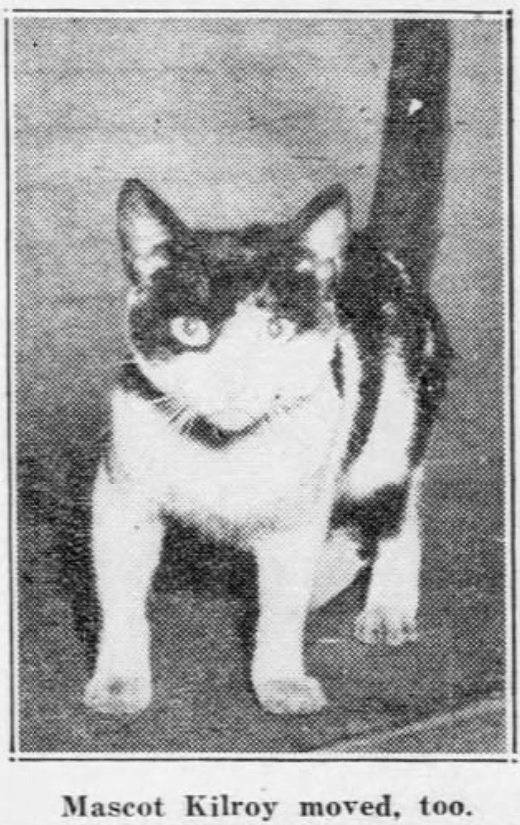
In March 1934, the newly-formed New York City Housing Authority kicked off its citywide slum clearance campaign. Buildings on Cherry, Madison, Roosevelt, Oak Street, and other old streets in the Two Bridges neighborhood were razed over the years to make way for large public housing developments.
The old police station of the Third Precinct at 9 Oak Street was just about the last building to go. In fact, it took 15 years to complete the slum clearance project and raze this building.
On August 4, 1948, the 18 men and cat of the Oak Street Police Station turned out for the last time. As soon as they walked from the circa 1870 police station, the wreckers moved in to take it down. The old station would be the last of the buildings demolished to make way for the Alfred E. Smith Houses.
After receiving their orders to report from now on to the Old Slip Police Station near the South Street Ferry, the officers and their green-eyed cat, Kilroy, left the squad room and their old stomping grounds forever. Sergeant Patrick Sullivan held Kilroy in his arms as they departed.
“I know what the bum would say if he could talk,” Sullivan told a reporter. He’d say, ‘why do we have to get out so’s a lot of citizens can move in here? There’s too many citizens living around here as it is.’ Yes, sir, I know how he feels.”
Hopefully, Sergeant Sullivan took Kilroy to the Old Slip Station. The press did not do any follow-up stories on the police and their cat.
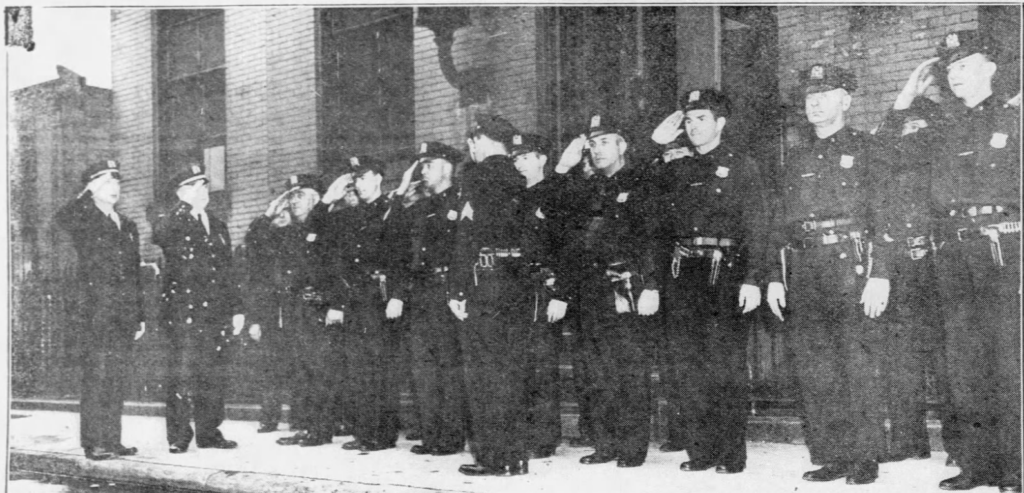


Oak Street and the History of Colored School No. 4

Prior to moving into a new police station at 9 Oak Street in 1870 under the command of Captain Robert O. Webb, the police of the Fourth Ward (aka Bloody Fourth Ward) occupied an old and dilapidated former schoolhouse. This former schoolhouse was located in a “dark and gloomy” rear lot behind Nos. 9 and 11 Oak Street (see 1855 map below).
The school, Ward School No. 9 of the Fourth Ward, had about six teachers and 93 students when the city’s Public School Society sold the property to the city for $8000 in 1849. The police moved into the rear building, and the students moved out to a new school that was two miles away on West 17th Street in the Chelsea neighborhood.
Not only were residents upset that the children would have to walk two miles to their new school, but the legality of establishing the new school on West 17th was hotly contested; the Public School Society was prohibited, by law, to construct any new school without the consent of the Board of Education. The school on West 17th was established without such consent. (The Public School Society argued that they had purchased the land for the new school several years before the new law went into effect, and therefore, had every right to construct the new school on its land.)
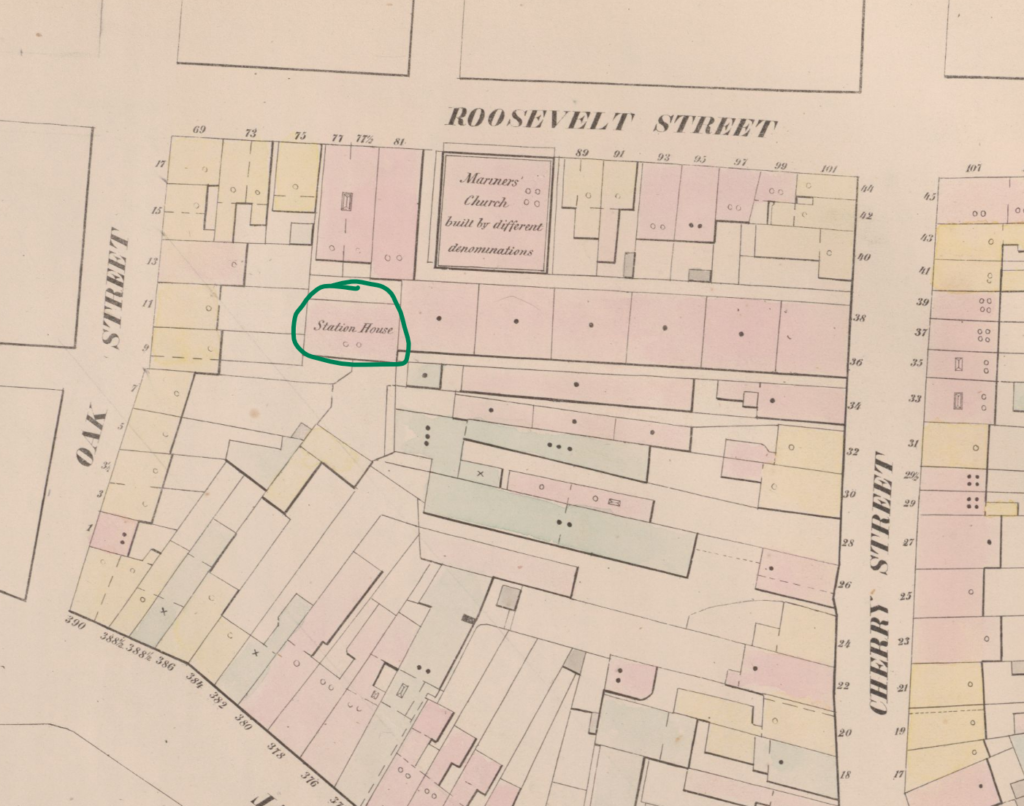
From 1849 to 1853, the new school at 98 West 17th Street (renumbered 128 in 1868) was Primary School Nos. 27 and 28 for white students. In 1860, it was decided to refit the school exclusively for African American students. The school was renamed Colored School No. 7, and it accompanied both primary and grammar school students. The name was changed to Colored School No. 4 in 1866. In 1884 the school became Grammar School No. 81 when the Board of Education dropped the term “Colored” from the official names of its 7 public schools for Black students.
In 1853, the Board of Education realized it would need to re-rent one of its old buildings on Oak Street to accommodate the increasing number of children in the Fourth Ward. Ward School No. 25 at 13 Oak Street accommodated about 290 children: the ground floor was a boys’ primary school (the boys then went on to Boys’ Grammar School on James Street); the second floor was the girls’ primary school; and the top floor was the Girls’ Grammar School.
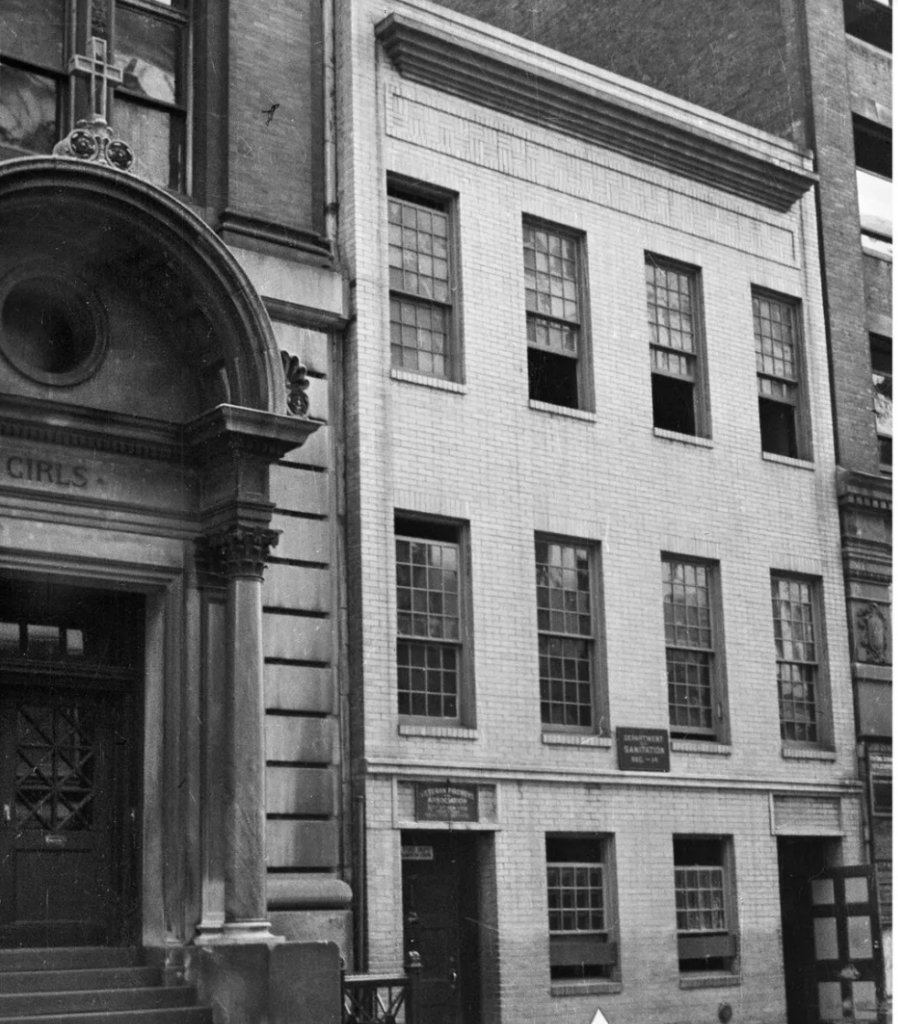
As an interesting aside, in 1860, several teachers in the Fourth Ward were fired for refusing to read from the Bible in their classes. There was a rule at that time, under the Board of Education, that any teacher who did not read the Scriptures in the schools should no longer be a teacher. During a board meeting in May 1960, members of the board and the audience laughed when it was announced that the teachers had been fired for standing their ground.
In 1873, New York State passed a law prohibiting school officials from denying children access to any public school “on account of race or color.” But the law was not uniformly enforced throughout the city or state, and opinions varied on whether Black and white students should even share schools.
By 1883, the city had only 2 colored schools: No. 3 in Williamsburgh, Brooklyn, and No. 4. Colored School No. 4 was renamed Ward School No. 81 in 1894 under the supervision of the Board of Education, although it continued to exclusively serve Black students.
The Board of Education was reportedly none to pleased with the 1873 legislation. According to news reports, the board had wanted “to crowd the colored schools down, and drive them out of existence.” Additionally, because the board was so adverse to the ruling, they chose to withhold pay from the city’s 20 Black teachers through the summer months; the 3,000 white teachers all received pay advances for the summer).
The West 17th Street School closed for good in 1884. Several organizations rented the building from the city, and it also served as a section house for the Department of Sanitation for many years. The vacant building is now undergoing steps to become a NYC landmarked building.
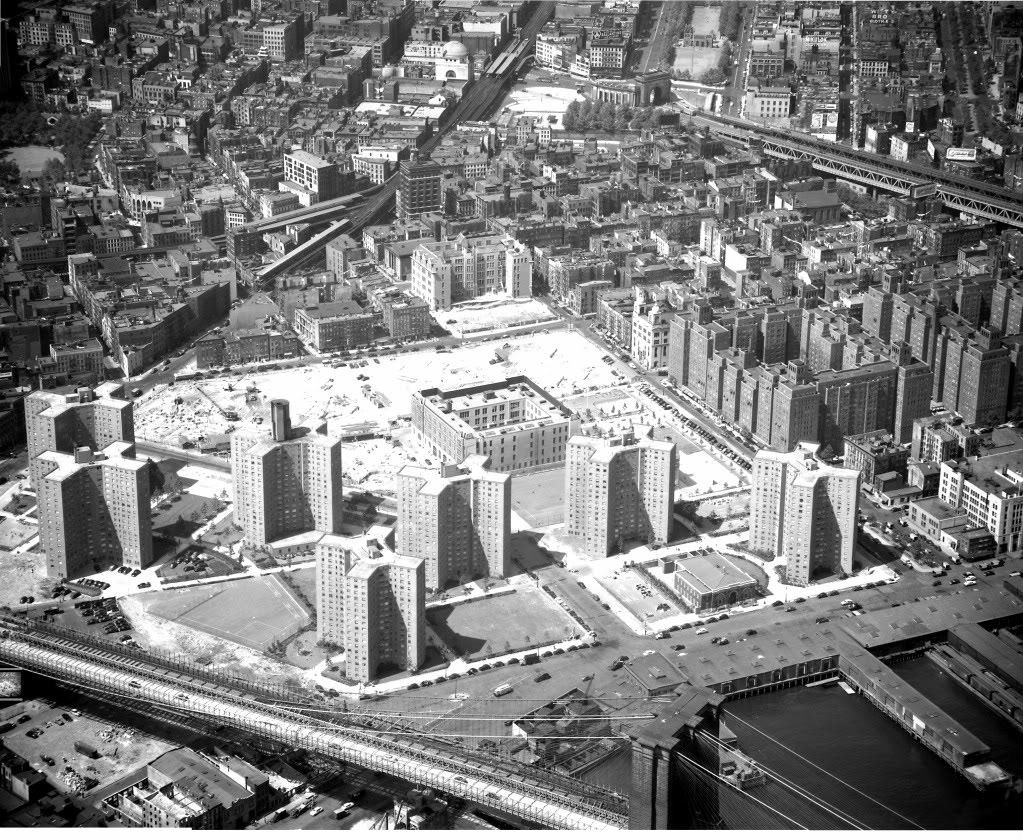
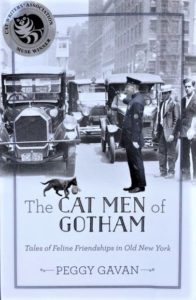



Did Kilroy stick around the new police station?
I wish I knew! I didn’t see any news articles about him, but I’m sure the men would have taken him with them.
Amazing history on black schools